Anime and manga uses its own visual language to show a character’s inner thoughts and feelings. The visual language isn’t always easy to understand for those new to the medium. Some expressions, such as happiness, are easy enough, but how do you show a character has an upset stomach from anxiety? What about dismay?
Anime and manga uses a minimalistic style to build character expressions. The style, thought to be influenced by Walt Disney, pulls from Japan’s own art history. Namely, it pulls from ukiyo-e, or woodblock prints. These woodblock prints used Japan’s minimalistic portraiture it inherited from China and made the images widely accessible to the public. The simplicity of the style (which is by no means easy to achieve) allows manga artists to quickly suggest emotion, but the simplicity has limitations not found in more detailed styles. In response, a visual language developed to overcome these limits–sweat drops, beady eyes, popping veins, and other stylizations. The problem is how this language, like any language, has to be learned. Luckily, visual language plays on how the mind understands images.
More than the Face
Facial expressions aren’t limited to the face. We know body language influences how we understand a person’s intentions, but anime takes it further and uses hair and backgrounds to show expressions. Cowlicks and hair accessories are common additions to expressions. Background patterns flavor an expression.
For example, the base expression above is a happy laugh. Her eyes are closed and the upward sweep of her eyelids lend to the feeling of happiness. Downward sweeps tend to look sad. The upward sweep suggests how human eyes crinkle and close when we laugh or smile. But how do we express even more happiness? We could exaggerate the smile more, but after a certain point it moves from happy to unnerving as we pass beyond the bounds of natural expression. So manga artists added backgrounds. The middle image uses stylized flowers and butterflies to increase the happiness level. She’s feeling light as a butterfly and as happy as a spring flower opened to the sun. The movement of the icons behind her makes it feel as if she is shaking her shoulders as she laughs (and all without the typical motion lines). The third image replaces the butterflies and flowers with hearts; she is feeling happy and loved. Backgrounds flavor expressions to the point where I consider them as much a part of the expression as the mouth and eyes.
Cowlicks work similar to backgrounds. Most of the time they clarify and strengthen what the character is feeling. Let’s look at a few examples.
Cowlicks work similar to a dog’s tail or cat’s tail. Surprised or shocked expressions appear even more, well, surprised or shocked when a cowlick sticks up like an antenna. If this was a video, the cowlick would quiver. Of course, this only works after a neutral cowlick pose has been established. Antenna hair won’t look like shock if the hair is always standing on end. Cowlicks can animate independent of the character’s facial expressions, betraying the true feelings of the character. This allows the author to show when the character is hiding their true feelings from other characters. There isn’t a set standard for how cowlicks show expressions, but generally they droop when a character feels sad. They will twitch much like a divining rod when a character is curious and spin when the character is confused. Of course, antennas are common. At times, antennas are combined with spinning to show alert curiosity or confused shock, depending on the situation. Context matters with all expressions.
Standard Expressions
Anime and manga fans will see these expressions as self explanatory, but for some people, the simplicity of the face still requires a little deciphering. Think of these expressions as building blocks. Anime character design has interchangeable parts that can be combined to create complex emotions. Eyes and mouths are the most important aspects. Because the style uses few lines, even a slight change in a part of a mouth line can create a different expression.
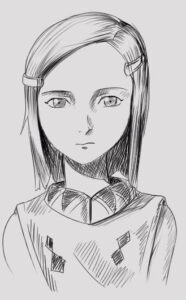
The style also likes to exaggerate these standard expressions to the point they become stylized, even for an already stylized visual language. First, let’s look at standard expressions.
Neutral expressions serve as the baseline for a character. Some characters always wear a smile, for example. They don’t always show natural temperament. Some characters use a certain expression as a way to hide their inner feelings.
Introverted characters tend to have what some would call sadder default expressions or, ehem, a “resting bitch face.” Both of which are demeaning and come from a bias toward a bubbly extrovert exterior.
Happiness
Happiness has, perhaps, the most variation of all expressions. There are various degrees of happiness, from a slight grin to over-the-top manic joy. Happiness can also develop a creepiness to it when a smile extends far outside of normal boundaries. This can mean the character is plotting something devious. Smiles can hide emotions. In fact, this is a common theme throughout slice-of-life and romantic anime. A slight tear in the corner of the the eye can suggest how much the character hurts behind the smile. Now add in background as we’ve discussed, and you can see how sometimes an anime smile isn’t as straightforward as it appears. The character’s neutral expression also factors into the smile. A default smile means the character has to use larger smiles to show their happiness (or hide their pain). Whereas a smaller smile on a “sadder” neutral expression can mean just as much as a large smile on a bubbly neutral face. And the larger smile may well hide larger pain in the “sadder” neutral character.
Context matters, and anime comes from a culture that focuses on subtext. The Tale of Genji and Snow Country are good examples of how subtext tells the story within Japanese literature. In both stories, there doesn’t appear to be much of a plot. However, the plot happens in what is not said or done. Everything is implied or indirect. Characters rarely say what they mean or truly feel. Anime uses this tradition as well within its dialogue and its expressions.
Sadness
Anime sadness depends on the eyebrows. When a person is sad, the eyebrows will arch at forehead, and the eyes will close to various degrees. The more closed they become, the more tears will flow. Of course, in some scenes, the eyes will remain open, but more naturalistic anime will have the eyes close when the character cries. The angle of the eyebrows, mouth, and eyes are what denote sadness. Happy tears will keep the upward arch of the eyes and a smiling mouth. The eyebrows also won’t meet in the middle of the forehead as we see above. The mouth and the amount of tears determines the degree of sadness. I drew these examples with the girl biting her lip, but full on crying often involves a “laughing” mouth with its corners tapering downward rather than upward. Its a matter of what you want the character to portray. Fighting the tears, as the above examples do, shows more inner turmoil than full-on, open-mouthed crying. She is trying to resist an overwhelming emotion. It depend on what your story needs. But because anime and manga uses few lines, each one counts; you need to think carefully about how each line contributes to your goal.
Anger
Anger is closely related to sadness–eyebrows matter. The eyes and mouth can be similar, but the eyebrows angle down, forming a V at the forehead. The eyes will also scrunch. If you compare the eyes of my examples, you will see they are similar to eyes in the smiling examples, but the eyebrows shift the expression of the eyes. Like sadness, the mouth determines the degree of the expression. Lips pressed tight, represented by a horizontal line, can show inner tension. The character is getting close to exploding or suppressing their feelings. In the other example, she is dressing down another character. Her mouth is open and teeth are exposed, suggesting threat. Notice how the corners of the mouth angle down. Sometimes upward corners can send mix messages to the viewer, like the character is amused while angry. It depends on what you want to portray. Teeth can lend threat to the expression, which is why sometimes you will see fangs as part of more stylized expressions of anger. Teeth suggest the character wants do bodily harm–the more pointed, the more harm.
Anger can be combined with tears in the corners of the eyes for more subtext. Tears can mean the character is hurt or she is the type of person who cries when angry. Guys too can cry when angry. Blind rage requires a more stylized depiction.
Stylized Expressions
Anime and manga has a habit of breaking from naturalistic expressions in order communicate what the character feels as clearly as it can. For those who aren’t used to the visual language, the abrupt deformations can be jarring and confusing. It can include characters suddenly growing larger than other characters, growing enormous heads, or becoming big-headed dwarfs–known as chibi. Most of the time, it involves exaggerating the standard expressions we’ve examined.
Manga and anime also uses visual accent marks to shift the stylization or standard expression. The popping vein and sweat drop number among these marks. They work similar to how accent marks above a letter shifts how its pronounced. That’s why anime’s images are called a visual language. They speak to us in the same way words do. In any case, let’s look at some examples of stylized expressions and how visual accent marks can shift the character’s emotions.
Most stylized expression deal with the eyes. Anime eyes are already far from being natural looking. Large eyes are used throughout modern anime because of their expressiveness. They feel innocent and offer a wide range of emotion as they open and close and stylize as in the above examples. Empty circles show a character is overwhelmed by events or another character’s stupidity. It suggests the character’s mind has shut down. Dead eyes appear when a character is completely and utterly overwhelmed by events. Beady eyes show shock. The human pupil enlarges when a person is stressed or afraid. Anime eyes typically have large pupils, so beady eyes simulate this response by drawing only the pupil. They also look as if the character’s mind has shut down, just like the overwhelmed and dead expressions. The last expression hearkens back to Warner Bros Looney Tunes. The character is feeling dizzy, as if the world is spinning. A floating spiral near the head, as shown in the example, sometimes appears to emphasize the sensation.
Most of the time, a popping vein supplements an anger expression, but blind rage is a common way of showing anger as well. Edward Elric from Fullmetal Alchemist often has this expression. The character is literally blind because of the lack of pupils. Sometimes the mouth become stylized as a box-shape and fangs will sometimes appear too. The popping vein, or cruciform, is one of anime’s most common accent marks. It represents the vein that pops out in some people’s temples as their blood pressure rises. Of course, anime will place the veins over the hair, on the hands, and other spots. Popping veins are a step between standard anger and blind rage. They will sometimes appear in a neutral expression to show increasing irritation or anger. Usually the character explodes after two or three popping veins appear.
Sickness, or anxiety, is an obscure accent image. Vertical lines descend from the forehead to show how a character’s mind feels heavy or how they are feeling ill. Sometimes blue or purple coloring joins the lines. Sometimes this accent is used to show depression. It depends on context and the normal behavior of the character. I added a few squiggled lines to clarify the sick feeling a little more. Most of the time, the forehead lines will stand alone. They can appear over the character’s hair.
The sweat drop shows distress. It appears across all expressions, including happy expressions and angry. In our case, our it accents our shocked expression. Our girl had seen something she wishes she could unsee. The length and size of the sweat drop suggests the level of distress. It will grow as the feeling increases. Sometimes, you will see a series of small sweat drops that increase as the distress increases. You’ll see the sweat drop when a character witnesses another character acting annoying, perverse, and generally out of sorts.
The Nosebleed
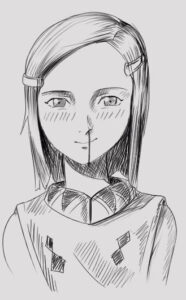 Many people new to anime get confused about the seemingly random nosebleeds characters experience. Nosebleeds are visual shorthand for perverted thoughts. Female characters have them, but male characters are best known for having them. It’s not unusual for a guy’s nose explode into a fountain of blood when he sees a scantily clad lady. The sudden explosions are suggestive of–well, to put it academically–seminal discharge. The association of sexual arousal with a bleeding nose allowed artists to show the feeling on the face (and avoid censorship of male arousal and the inability to obviously show female arousal). Because anime focuses strongly on facial expression over body language, the nosebleed makes sense. The nosebleed uses a part of the face that has few expressions associated with it. After all, with the eyes and mouth already working overtime, they couldn’t clearly show sexual arousal without causing confusion with other expressions.
Many people new to anime get confused about the seemingly random nosebleeds characters experience. Nosebleeds are visual shorthand for perverted thoughts. Female characters have them, but male characters are best known for having them. It’s not unusual for a guy’s nose explode into a fountain of blood when he sees a scantily clad lady. The sudden explosions are suggestive of–well, to put it academically–seminal discharge. The association of sexual arousal with a bleeding nose allowed artists to show the feeling on the face (and avoid censorship of male arousal and the inability to obviously show female arousal). Because anime focuses strongly on facial expression over body language, the nosebleed makes sense. The nosebleed uses a part of the face that has few expressions associated with it. After all, with the eyes and mouth already working overtime, they couldn’t clearly show sexual arousal without causing confusion with other expressions.
Embarrassment
Embarrassment is the only common expression that uses the cheeks. Well, to be fair, we could consider this expression related to the eyes. Embarrassment usually appears close to the eyes, but we will count it as a cheek expression. Embarrassment involves a series of lines or a splash of red on the cheeks. It has various exaggerations despite being stylized already. The red tone can spread across the entire face, or the character’s skin from the neckline up can turn red to show their extreme embarrassment. This is a common expression in romance or action stories with romantic elements. Embarrassment can combine with other expressions, both standard and stylized, to create embarrassed anger, embarrassed sadness, and other combinations. Sweat drops and popping veins can also combine with it to add distress or irritation. As you can see, manga allows characters to express complex emotions through visual sentences across the character’s face. But this only works for readers who are familiar with the language. It can become a confused muddle otherwise.
Feeling Catty
Fanged, cat-like mouths appear most often on female characters. These types of fangs don’t associate with anger, which can be confusing. Rather, the character is feeling catty–mischievous. The difference is how the mouth takes on a cat-like appearance, but this doesn’t always happen. Feeling catty also associates with a female feeling sexually aroused or having perverse thoughts and enjoying how her target squirms under her attention. You won’t see embarrassment mix with cat fangs. The character is feeling too confident for that.
This expression shows why the nosebleed became associated with sexual arousal. The mouth is overloaded with expression, so cat-fangs can be confused with anger or some other emotion if the reader isn’t familiar with the character’s personality. Sometimes you will see guys feeling catty, but most of the time such men become chibis to show their perverse antics.
Tear Fountains
The last common exaggerated expression is the tear fountain. This is a reference to Looney Tunes and other American animation styles that feature this exaggeration.
Fountains or streams of tears erupt from the eyes, but it is used for comedy effect rather than express serious sadness. Tear fountains disappear as fast as they appear in most cases. The fountains go from the spurts as the example shows to the more common streams down the cheeks. This exaggeration doesn’t intensify the emotion. Naturalistic tears are sadder than this, whereas most other exaggerations increase the feeling. Instead, this expression allows authors to show funny sadness or fake tears, allowing naturalistic tears to retain their meaning.
Other Expressions
Anime and manga have other expressions that involve body language that aren’t readily understood by new viewers. They combine with the facial expressions we’ve examined. Sometimes you will see series specific expressions, such as in the Tales video game series, that build on anime’s common expressions. Authors often have their own visual languages, such as in the long-running One Piece series, but those special vocabularies are beyond the scope of this article.
Akanbe
Children and immature characters use akanbe. It involves pulling down one lower eyelid and sticking out the tongue. Its a childish gesture similar to thumbing the nose and waggling your remaining fingers. Akanbe is a corruption of akai me, or red eye–referring to the red of the shown lower eye lid.
orz
The word orz represents the pose rather than naming it. The pose is that of complete defeat. The person collapses to their hands and knees under the weight of an event. The posture sometimes involves a sick expression.
Deformation
This odd expression involves the character abruptly transforming into a pencil sketch or some other primitive cut out shape. This expression is used for extreme surprise, shock, or feeling dumbfounded. This typically shows up as a comedy relief and in reaction to something another character says or does. Usually only the audience is aware of the shift, but sometimes even the other characters notice the shift in look for more comedic effect. It is, perhaps, the most stylized of all anime expressions. It resembled modern abstract art.
Anime’s Visual Language
Visual language seeks to tell a story using images that create a type of standard alphabet. For the most part, anime has its own standard alphabet of expressions as we’ve examined. Large eyes, simplified noses, simplified ears, simplified mouths, and other features all serve as visual words that can take a little practice to read. Many of them are easy to understand, but some, like the nosebleed, aren’t readily understood. Anime’s style lends itself to flexibility and variety despite appearing familiar. That’s why it’s a language. Familiar words combine in unique ways, or they may combine in well-known, even cliched, ways. But the words themselves remain the same, just as anime’s few nose designs remain the same. If you are drawing your own characters, experiment with the language. Combine the visual words or exaggerate them. The visual words I discuss here aren’t the only ones available to you. You can also make up your own language like many mangaka and video game series have done.
Drawing in the style is akin to writing by hand. Some people have better calligraphy than others, but as long as the words are legible, the message can be understood. So too with visual languages like anime and manga’s language. A poor-quality anime drawing can still communicate the feelings of a character as long as the visual words are present and in the correct positions. The point of language is to communicate an idea or an experience to another, whether the language is vocal or visual.
Anime’s visual language includes words beyond the facial expressions we’ve examined. Akanbe and orz are just a few of those words. Poses of various types, scenes of electric power lines, and other common conventions of anime expand the language. Many of these visual words have changed over the course of anime. After all, languages change, but the end goal remains: to tell a story. And storytelling is what unites us across cultures and languages.
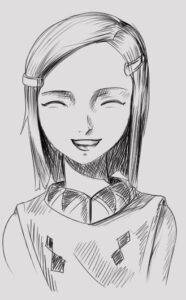
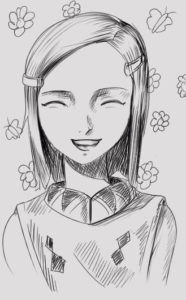
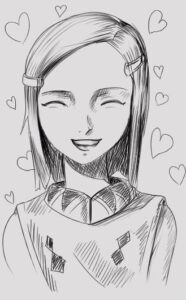
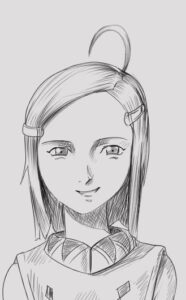
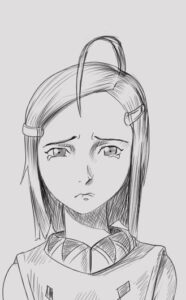
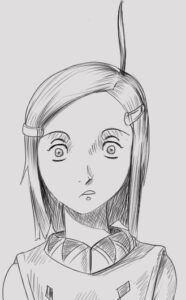
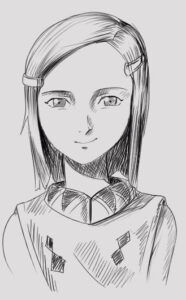
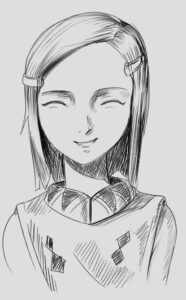
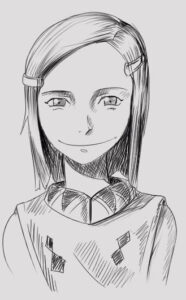
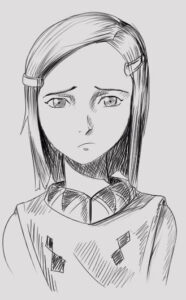
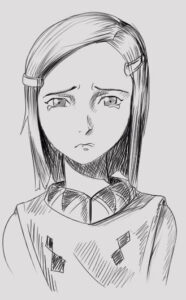
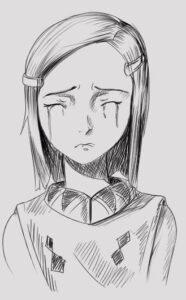
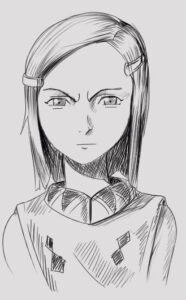
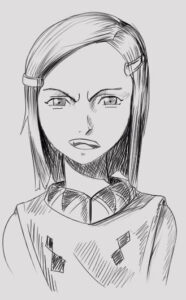
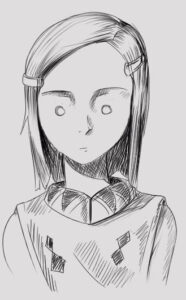
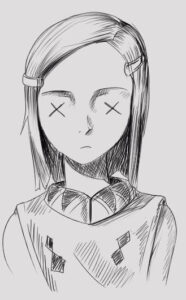
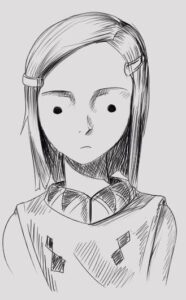
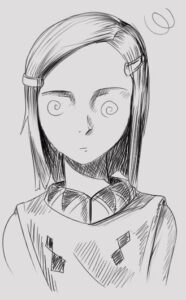
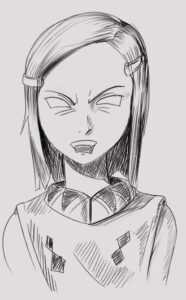
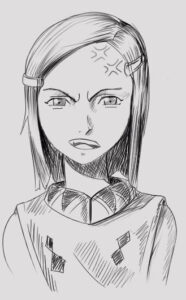
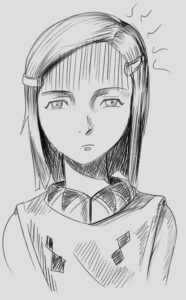
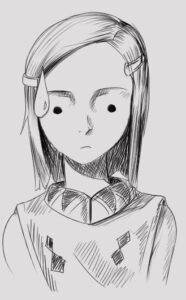
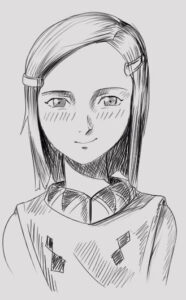
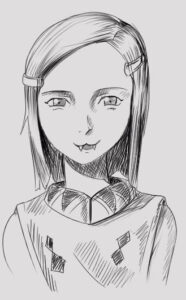

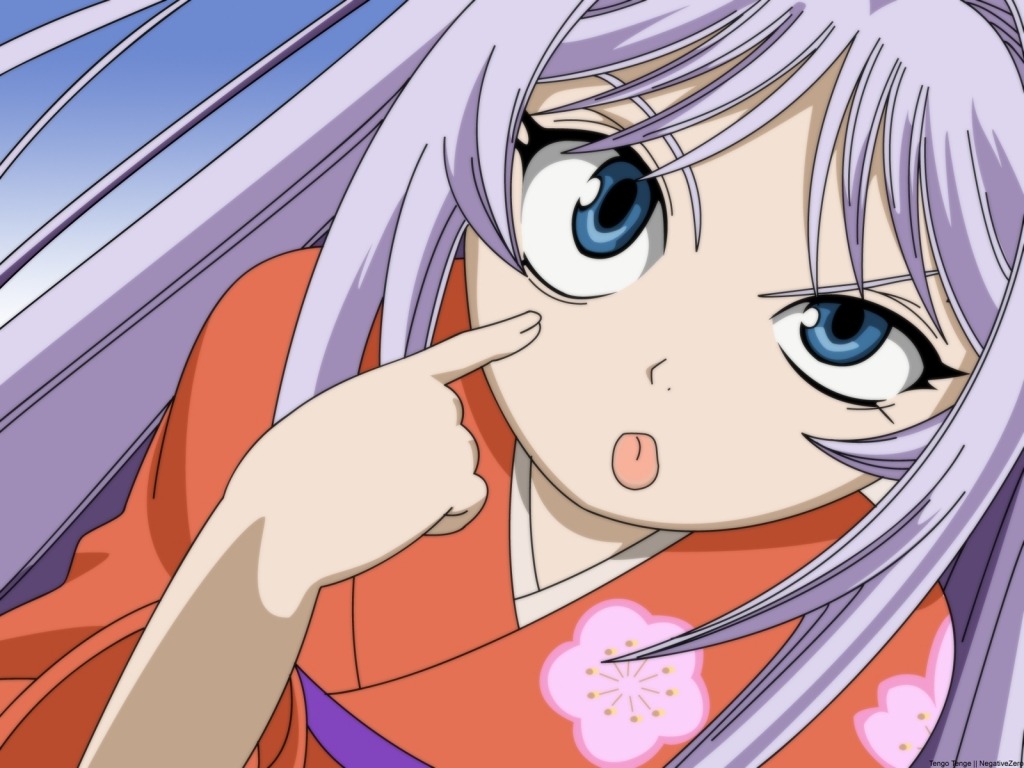
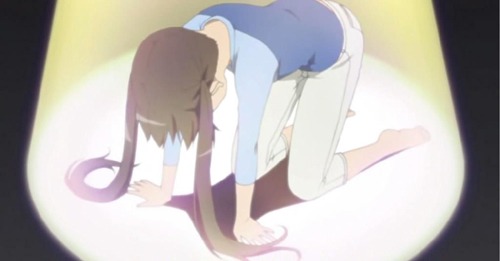
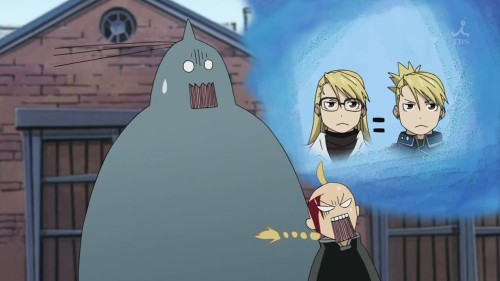



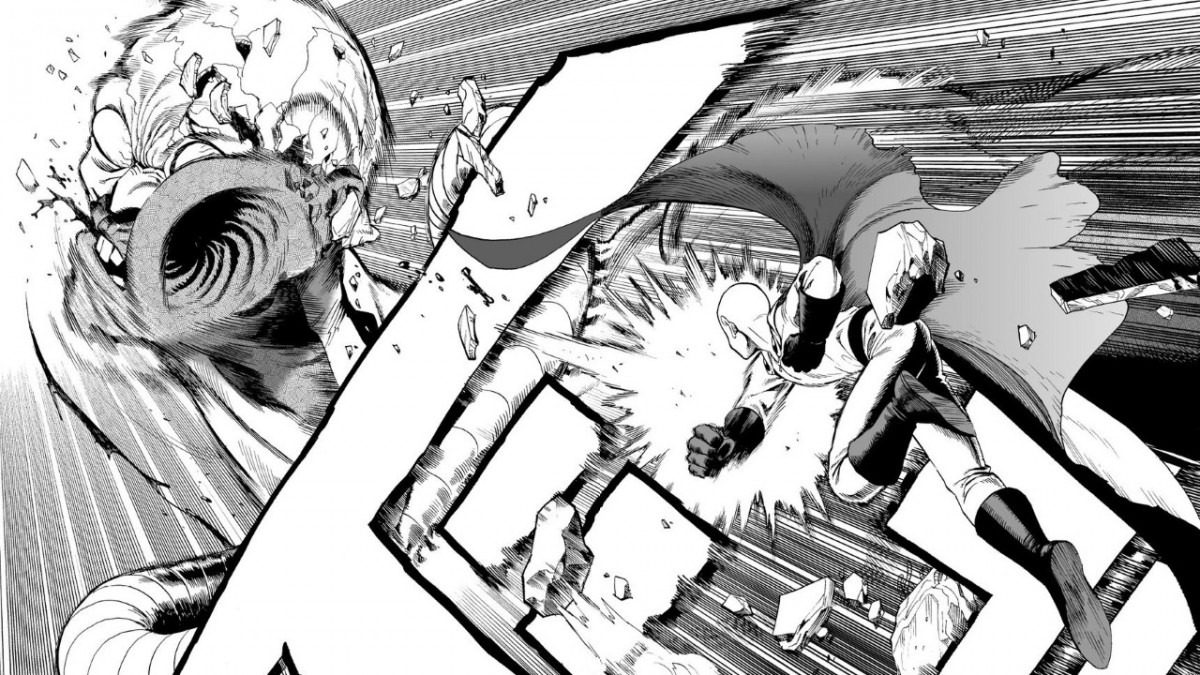
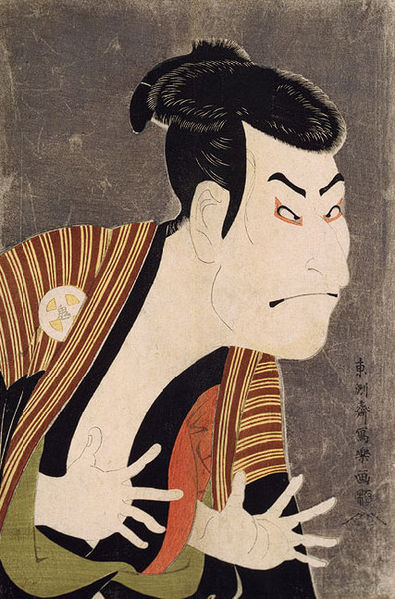
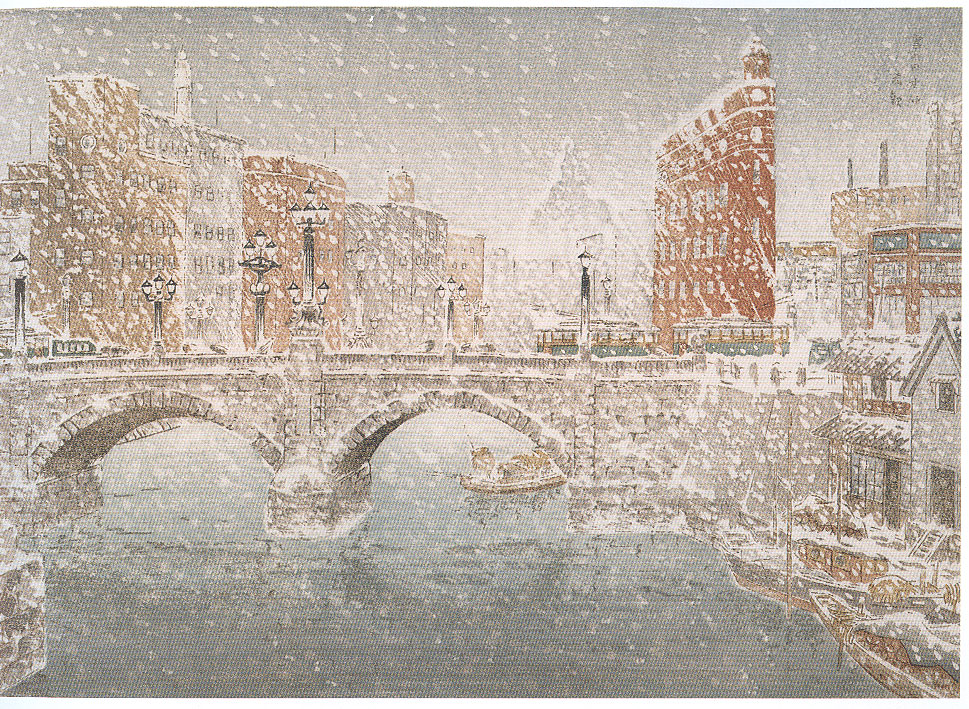
I have two grandchildren in CPS system. They are ages 6/ grandson, 3/ my grand daughter. My grandson has a Autistic.
I was told by the social worker, that my granddaughter would be tested for Autism as soon as she turned 3. Shortly after she turned 3, she was put in a helmet, like my grandson.
My granddaughter had been talking saying peekaboo during our zoom visits before she was three years old. My grandson during a zoom visit before his sister was three , said “ ba, ba, as I cheered her m on he then said Ma, Ma. I was so excited to hear him speak.
The foster parent would have the mic off during my zoom visitations often. Upon my many request for her to turn the mic on she would yell at me saying “it doesn’t matter if the mic 🎙 s on because they are non verbal.
It had been 6 months and 3 days before I was allowed to have personal visits with them on August 11, , 2022. Which I was so happy to hold them, and hug them. I noticed that my 3 year old granddaughter had been crying. I felt like wow. Then I thought maybe big brother took a toy or something from her before they got there. However I saw sadness in her face, and in her being.
The following week during my visitation my grandson was irritated throwing his meal that I had prepared for him on the floor. I told him it okay Granny has another one. He enjoyed his food. However when I went to change them, my grandson was in a pull up! I said “Yeah good job.” Clapping for him, reinforcement encouragement. Upon opening his pull up I was horrified! My mind couldn’t comprehend what I was seeking. I
called the lady supervising my visit to see. She was taken back. I
placed plastic on the beach towel , and put gloves on to change him, concerned if it was something contiguous. I asked the observing lady to take a picture. She said that they aren’t allowed to take pictures. In a broken and shaken state. I threw the plastic away with the pull-up after changing my grandson in to a larger diaper that I had provided, due to my last visit with my grandchildren there was only one diaper that could fit either child. The other diaper was the size for maybe a 1 yr. old.
This visit I came prepared, but not for what I saw . My granddaughter began crying when I went to open her pull-up , and during my changing her. I cried seeing that she was raw in the vaginal area. Since this happened I haven’t been allowed to see them in person. I was told that my in personal would continue.
The case was transferred back to the central office. I will be allowed to visit them on 9-22-22 in person. I came from Houston
to have personal visits with my grandchildren. I have only seen them in person twice since I arrived at n the middle of July.
I plan on being in San Bernardino. California until I can take them home with me. I’m interested in your system of teaching in order to help my grandchildren thrive, and be healed of any and all debilitating traumas they have received in the short time span on this earth.
I’m not qualified to offer any advice: I’m a librarian and don’t have kids of my own. Your grandchildren certainly had a hard time. Perhaps you should consult with a child therapist that specializes with cases like your grandchildren. It sounds like you’ve already made the first steps toward their healing: being there for them and accepting them.